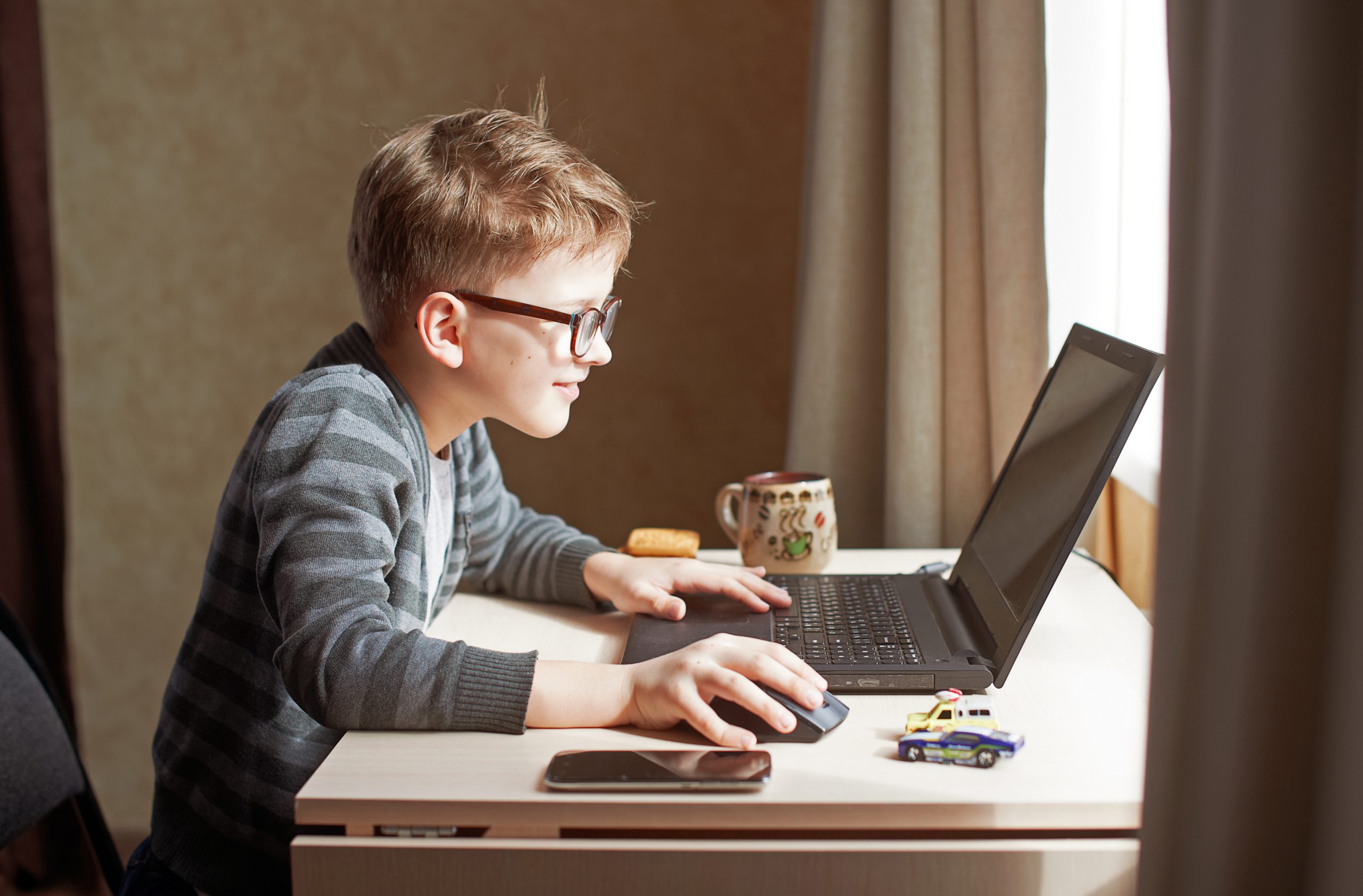
One month ago, my children finished Spring Break. Instead of returning to the physical classrooms, athletics fields, and hallway meet‐ups that defined their school year, they navigated their ways to the black box of remote K‐12 learning.
Now, their hopes for a quick “time out” have turned into the harsh reality that this new model of distance education will be the vehicle that takes them to the end of this academic year and potentially into part of the next. When our school and others around the country committed to this journey, my hope was that we wouldn’t waste this opportunity to move past the perfect and use it as a chance to experiment with and scale big ideas that could truly transform how our students learn going forward. We’ve been using the medium in adult learning for a long time. This is a chance to begin the cascade of best practices.
While my children and I can agree that distance learning has been anything but perfect, there have been a few lessons and examples that have been standing out to me this month that are worth celebrating and replicating in a bigger way:
Distance learning can create much more robust, helpful communications between teachers, children, and parents. For example, my oldest daughter’s advisor not only uses digital communications to check in on my child. Rather, she has created innovative ways to connect her assigned subset of the parent community to the school and to our children outside of the traditional parent teacher conferences and PTA meetings. I’ve enjoyed being able to hear how some of my fellow parents are navigating the emotional roller coaster of the pandemic, and I love hearing my daughter stop me from interrupting her if “she is in the middle of her advisory” giving advice to a student who is having trouble working through the digital curriculum. I think distance learning has forced us to question why we’ve constructed barriers in the communications between parents, children and the school. Privacy matters, but we must be much more open to creating new patterns for open, vulnerable connection.
Distance learning can break down inequity of experience. Many of the schools in our community are not providing distance education because of the inequities of devices, internet access, and platforms. It really bothers me that we did not anticipate this before the pandemic, fund the priority, and act. Now, we’re allowing children to flail. Let’s not use this misstep, however, to avoid seeing how distance education can actually enhance equity and access if done well. I’ve watched my youngest child go on a five‐day virtual field trip through Monticello, Jamestown, and the early colonies. She didn’t have to go on a bus or stay in a hotel. Rather, the faculty member has done a masterful job creating scavenger hunts, showing role plays, and giving the child most elements of a live experience except for eating at a food court on the eight‐hour ride home. We can give every child the opportunity to see new places and experience learning differently using this medium.
Distance learning can give students a crash course in communications and presentation skills. We’ve all laughed about students taking tests in their pajamas and bringing pets to Zoom classes. However, one thing I’ve learned as I’ve watched students in the virtual classroom is that they still care how they are perceived by their teachers, and more importantly, their peers. My son’s English class is starting to put on a virtual performance of A Midsummer’s Night Dream. Shakespeare would have a lot to say, but they are actually putting their full selves into the roles. They have to show up and figure out how to seize the virtual microphone. If this model expands, like I think it will, we have a great opportunity to use it to equip students with even better skills for communicating ideas and enhancing their virtual presence.
Believe me. It’s not perfect. My children are so ready to go back to school to be with their friends physically. However, I’m so encouraged to begin seeing a few of the pieces that are working well. We shouldn’t waste the chance to document them, enhance them, and then scale them to the physical and distance learning realm.
So, what are you learning about this new medium? Take some time to watch your kiddos and their teachers in action. Then, let’s not miss the opportunity to use their creativity and inventiveness to transform how we all learn.
John Tolsma is President of Knowledge Launch, a learning media agency focused on corporate education.